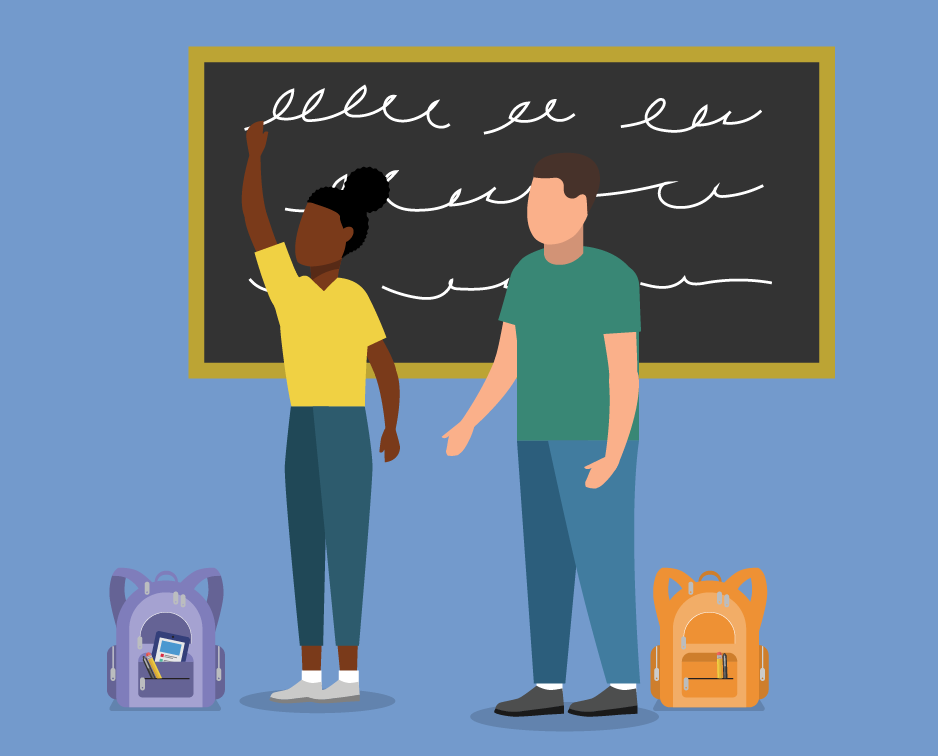Student engagement is a persistent challenge: it ranked as practitioners’ number three priority challenge in 2019, and ranks as practitioners’ number one priority challenge in 2020.
is a persistent challenge: it ranked as practitioners’ number three priority challenge in 2019, and ranks as practitioners’ number one priority challenge in 2020.
Educators view student engagement as fundamental for learning new skills and concepts, but with remote learning, they report less student engagement and participation. Teachers expressed that the lack of clear expectations and accountability around remote learning from their districts is partially contributing to low student engagement.
“Students were not given clear expectations and did not see the purpose to engage in distance learning.”
– High school teacher
Teachers acknowledge that not all students have access to the technology and/or connectivity needed for powerful digital learning. However, even with the appropriate technology, not every student is logging online to learn. Teachers report that students are not as engaged in remote learning because much of it is “void of social interactions” or opportunities for peer learning. Many students are bored and uninterested in the content of planned activities.
Additionally, teachers say the challenge to fully engage students is also due to their inability to work one-on-one with students remotely. This lack of a timely connection with their teachers may impact students’ motivation to complete online assignments and points to another source of inequity for students less able to self-regulate learning. For educators, the COVID-19 pandemic has underlined the importance of building and maintaining relationships with individual students. Thus, teachers have prioritized students’ personal well-being and safety by checking in with students more often.
Remote learning also puts a great deal of responsibility on families, whose circumstances might impact how involved they are in their children’s learning. Teachers report that families’ involvement is important in helping students stay engaged in learning. However, they also understand that some families might not have the time, resources, or experience to support their children in the learning process in the ways their teachers would. Some families are not able to replicate classroom structures and processes at home, and students may struggle to transfer the routines learned in school to the home environment. To address these challenges, some teachers are in daily communication with families, sharing lesson plans and resources to reinforce learning and engagement.
“Teachers and families are partnering in new and creative ways, and neither can accomplish the goal of student learning without each other.”
– District leader
“Children are creatures of habit. Routines that students are used to at school are lost when they are at home. Many have no structure at all when they are home. Therefore keeping the student fully engaged even for half the day is difficult to achieve.”
– District leader